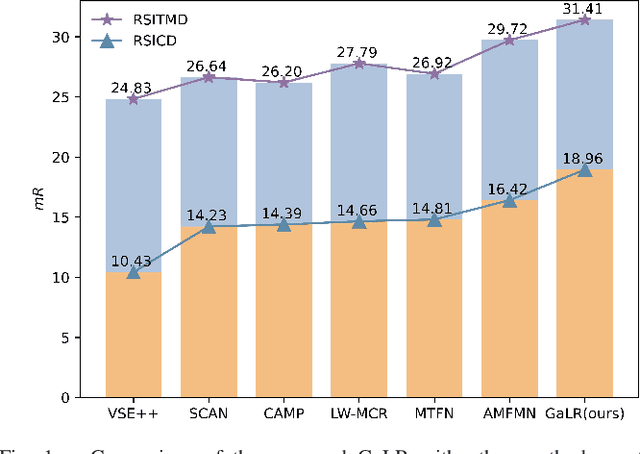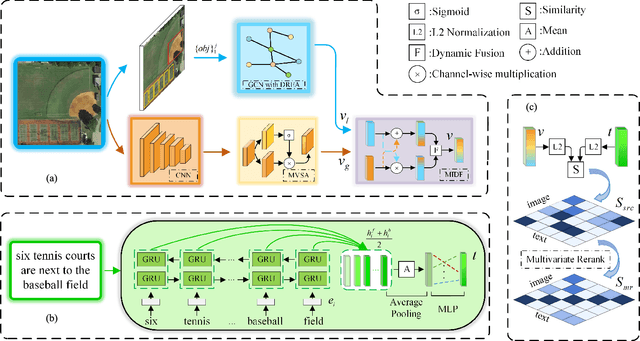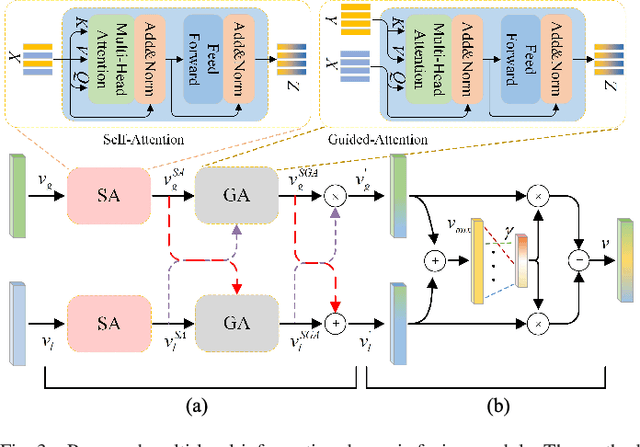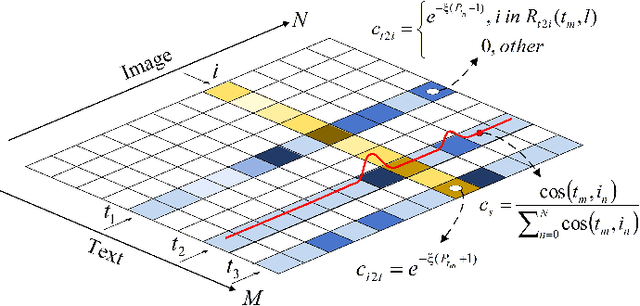Zhengyuan Zhang
HSD-PAM: High Speed Super Resolution Deep Penetration Photoacoustic Microscopy Imaging Boosted by Dual Branch Fusion Network
Aug 09, 2023Abstract:Photoacoustic microscopy (PAM) is a novel implementation of photoacoustic imaging (PAI) for visualizing the 3D bio-structure, which is realized by raster scanning of the tissue. However, as three involved critical imaging parameters, imaging speed, lateral resolution, and penetration depth have mutual effect to one the other. The improvement of one parameter results in the degradation of other two parameters, which constrains the overall performance of the PAM system. Here, we propose to break these limitations by hardware and software co-design. Starting with low lateral resolution, low sampling rate AR-PAM imaging which possesses the deep penetration capability, we aim to enhance the lateral resolution and up sampling the images, so that high speed, super resolution, and deep penetration for the PAM system (HSD-PAM) can be achieved. Data-driven based algorithm is a promising approach to solve this issue, thereby a dedicated novel dual branch fusion network is proposed, which includes a high resolution branch and a high speed branch. Since the availability of switchable AR-OR-PAM imaging system, the corresponding low resolution, undersample AR-PAM and high resolution, full sampled OR-PAM image pairs are utilized for training the network. Extensive simulation and in vivo experiments have been conducted to validate the trained model, enhancement results have proved the proposed algorithm achieved the best perceptual and quantitative image quality. As a result, the imaging speed is increased 16 times and the imaging lateral resolution is improved 5 times, while the deep penetration merit of AR-PAM modality is still reserved.
Remote Sensing Cross-Modal Text-Image Retrieval Based on Global and Local Information
Apr 21, 2022



Abstract:Cross-modal remote sensing text-image retrieval (RSCTIR) has recently become an urgent research hotspot due to its ability of enabling fast and flexible information extraction on remote sensing (RS) images. However, current RSCTIR methods mainly focus on global features of RS images, which leads to the neglect of local features that reflect target relationships and saliency. In this article, we first propose a novel RSCTIR framework based on global and local information (GaLR), and design a multi-level information dynamic fusion (MIDF) module to efficaciously integrate features of different levels. MIDF leverages local information to correct global information, utilizes global information to supplement local information, and uses the dynamic addition of the two to generate prominent visual representation. To alleviate the pressure of the redundant targets on the graph convolution network (GCN) and to improve the model s attention on salient instances during modeling local features, the de-noised representation matrix and the enhanced adjacency matrix (DREA) are devised to assist GCN in producing superior local representations. DREA not only filters out redundant features with high similarity, but also obtains more powerful local features by enhancing the features of prominent objects. Finally, to make full use of the information in the similarity matrix during inference, we come up with a plug-and-play multivariate rerank (MR) algorithm. The algorithm utilizes the k nearest neighbors of the retrieval results to perform a reverse search, and improves the performance by combining multiple components of bidirectional retrieval. Extensive experiments on public datasets strongly demonstrate the state-of-the-art performance of GaLR methods on the RSCTIR task. The code of GaLR method, MR algorithm, and corresponding files have been made available at https://github.com/xiaoyuan1996/GaLR .
 Add to Chrome
Add to Chrome Add to Firefox
Add to Firefox Add to Edge
Add to Edge